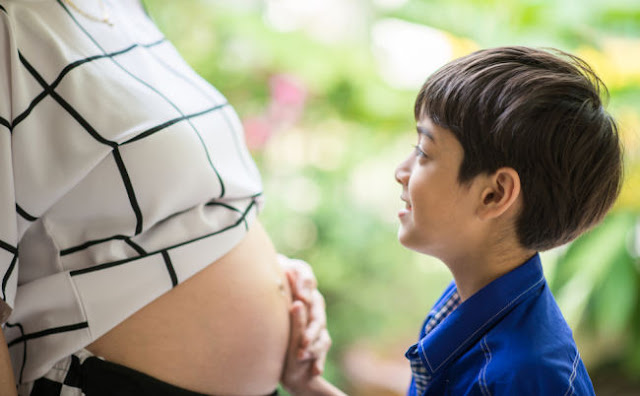7 Ways to Get Rid of a Milk Blister, the Blistering Disruptive to the Breastfeeding Process

Breastfeeding should not be painful and should be a pleasant moment for Mother and baby. But for some women who have just become mothers, breastfeeding can be considered as a struggle against discomfort. One of the enemies of breastfeeding is a pimple on the nipple, known as a milk blister. Milk blister is a blister wound that is clearly visible and filled with fluid. This injury tends to cause unbearable pain in the nipple during breastfeeding. The color can be clear yellow or reddish. If the area of the skin around the blister is pressed, the skin over the fluid-filled wound will bulge. Milk blisters can also clog the milk ducts, although this is not always the case. This nipple milk blister arises due to skin growing over the milk ducts. Then a small amount of breast milk (ASI) usually accumulates behind the milk blister. The causes of the blister itself can vary and include: Oversupply of ASI. Excessive pressure in certain areas of the breast. Babies have trouble sucking, st



